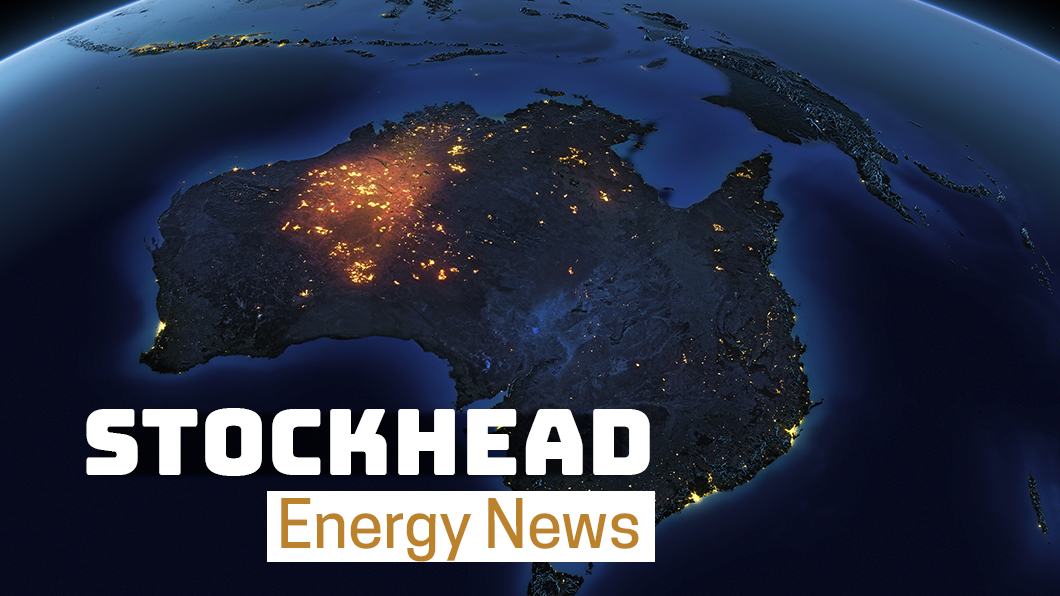POWER UP: Crude oil is keeping steady as cold winters offset Omicron impact

Pic: Matthias Kulka / The Image Bank via Getty Images
Oil prices have fallen significantly in the past week on concerns that the new Omicron variant of COVID-19 could impact on demand.
However, don’t bet that prices will continue falling significantly as there are a number of factors that could keep the Brent crude benchmark around its current price of US$74.25 per barrel.
First is the colder-than-expected start to winter that everyone in Europe (and possibly Asia) has been dreading.
This has already started sapping the far lower-than-average volumes of gas in storage, sending future prices for gas delivered in January 2022 via the Dutch Title Transfer Facility up from a recent low of €65 per megawatt-hour (MWh) a month ago to more than €93/MWh.
Reuters added that market expectations that Russia would start large-scale gas deliveries to Europe via existing pipelines and the newly completed Nord Stream 2 have not panned out either.
Some forecasters are already predicting that European gas inventories could be completely wiped out and if recent history is anything to go by could see a mad scramble for oil to help power electrical generation.
To top it off, lower oil prices are also likely to cause OPEC to cease its policy of gradual crude supply increases to curtail any further reductions in how much they are receive for every barrel of oil.
Taken together, it is far more likely that we will see oil prices climb, especially if Europe and other parts of the Northern Hemisphere experiences sustained colder than normal temperatures throughout the rest of winter.
States leading renewable push
Meanwhile, a study by the World Wide Fund for Nature has found – to no one’s surprise – that the Australian Federal Government has lagged behind all states and territories in moving towards clean energy.
That would been obvious to anyone paying attention to the government and its rhetoric about the gas-led recovery.
The study found that Tasmania led the push, scoring 61 out of 100 for its policies, which include a class-leading renewable energy target of 200% by 2040.
Second place was taken out by New South Wales for pushing green hydrogen and taking steps to decarbonise its transport and industrial sectors.
Predictably, a spokesperson for Federal Energy and Emissions Reduction Minister Angus Taylor defended the scale of the government’s investment, saying the WWF report failed to recognise initiatives such as its $464m “clean” hydrogen hubs program, which includes blue hydrogen.
Somewhat more encouragingly, the spokesperson added that the government supported every priority project identified by the AEMO’s 2020 integrated system plan and was investing more in pumped hydro and batteries than every Australian jurisdiction combined.
Related Topics

UNLOCK INSIGHTS
Discover the untold stories of emerging ASX stocks.
Daily news and expert analysis, it's free to subscribe.
By proceeding, you confirm you understand that we handle personal information in accordance with our Privacy Policy.








